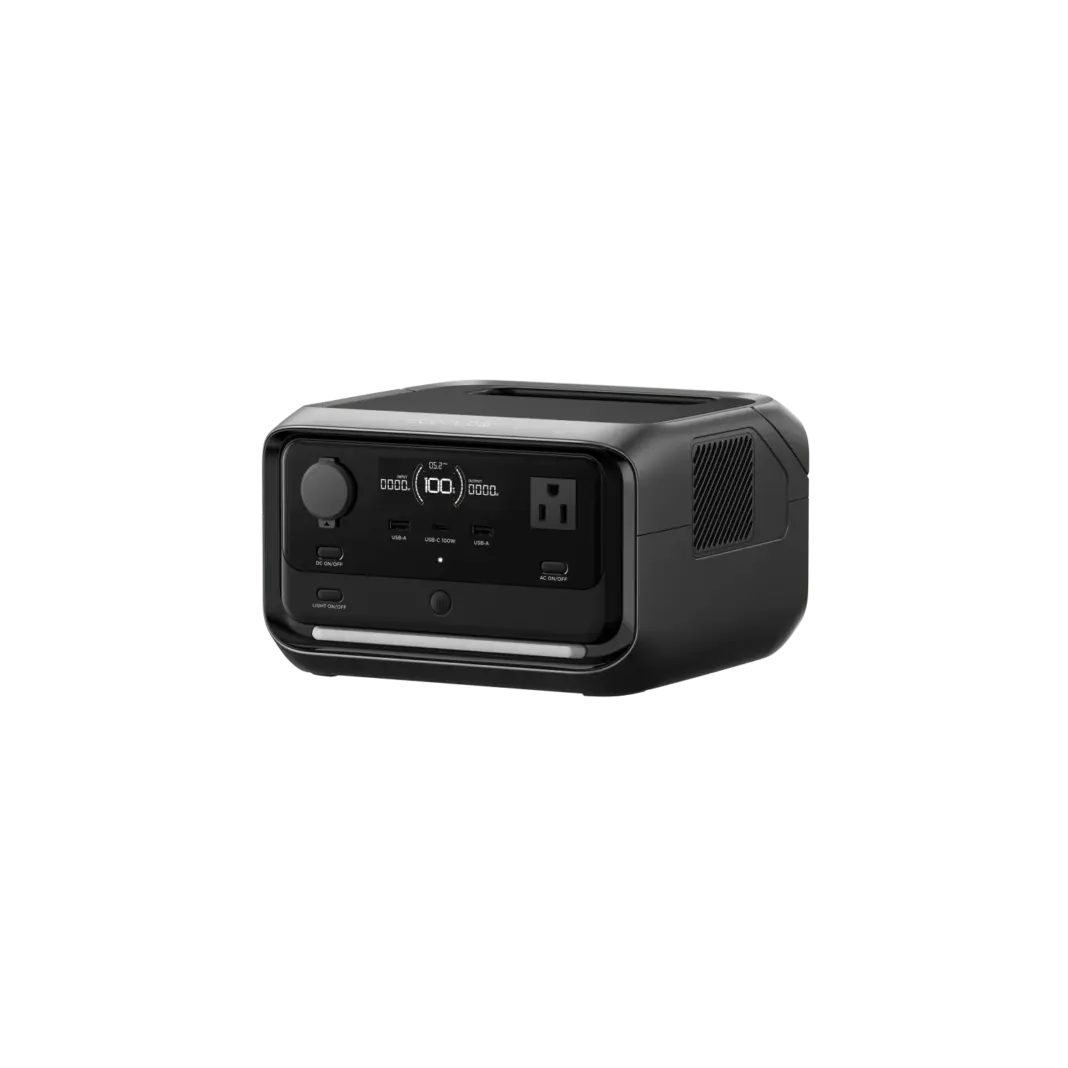It is very common to discuss whether a portable power station is better than a traditional generator. Both generate power when grids cannot, and they are really easy to charge and operate. However, people often cannot decide which is better for them: portable power stations or traditional gas-powered generators. But don’t worry—we have your back, and we will help you decide which suits you the best because everybody has different lifestyles and needs, and different generators have different purposes.
Portable Power Stations
A portable power station has a large rechargeable battery where electricity can be stored for a long time, and as the name suggests, it is easy to carry. Do you know what the best part is? They have various outputs so that you can easily use USB ports, AC outlets, and even 12V carports that can be used at the same time. This feature allows you to save time and recharge them with car chargers or solar panels. These power stations are clean and quiet, and you don’t have to stress over how to use them because they are pretty easy to operate.
Traditional Generators
Traditional generators generally run on fuels like gasoline or diesel and provide energy to many appliances. These generators are different than power stations because they burn fuel to create electricity, and they are made from pretty strong materials, like RVs. But what people mostly don’t like is that they are pretty noisy.
1. Power Output and Capacity
Generators: High Power, Heavy Lifting
Generators have high power, which is best for many appliances that need more energy, like refrigerators, air conditioners, or multiple things that you can run at once with these gas-powered generators. These generators have high wattage that can range between 3,000 and 10,000+ watts, so now you’re clear on how it runs so many appliances at once.
Power Stations: Best for Light to Moderate Loads
Portable power stations have lower wattage than traditional generators. Their power range is between 300 and 2,000 watts, which is enough to charge laptops, small TVs, LED lights, or even a CPAP machine.
2. Fuel vs. Rechargeable Power
Generators: Refuel with Gas, Propane, or Diesel
Traditional generators run on fuel, so you always need a fuel supply. The good thing about them is you can use them for long-term power, and you only have to refill them. However, it means you have to deal with fumes, and there are possibilities that you might run out of fuel in times of emergency.
Power Stations: Rechargeable and Solar-Compatible
Portable power stations can be easily recharged; you just have to plug them into the wall or use solar panels. However, once the battery dies in power stations, you will need time to recharge it, especially if it’s a solar panel.
3. Noise and Emissions
Generators: Loud and Smelly
Traditional generators make noise that sometimes could be unbearable, and even the “quiet” ones can hit 50–70 decibels—like a vacuum cleaner running nearby. So, it’s your call whether you could coexist with that noise. Also, these generators emit fumes, which means you cannot store them indoors or in tents, and you should have at least proper ventilation. You also have to keep it at a distance to avoid noise or any mishap.
Power Stations: Silent and Clean
Power stations have the best thing in that they are virtually silent—no engine noise, no fumes, and no risk of carbon monoxide poisoning. You can take them anywhere, not only because they are portable but also because they don’t need anything extra. You can also keep them indoors without worrying about noise or fumes that can cause stress and affect health.
4. Price Considerations
Generators: Lower Upfront Cost
Gas generators are perfect if you are looking for cost-effective generators because they usually give you more power for a lower price. For example, you can get a 3,500-watt generator for under $500. However, remember that you have to keep spending money on fuel and keep it in good condition, which will require more money.
Power Stations: Higher Initial Cost
Power stations are generally pretty costly upfront—especially higher-wattage models. You can get a 1,000-watt station for $600 to $1,500. However, it might seem expensive initially; you will later realize that it’s a one-time investment and has really low maintenance costs.
Conclusion
Portable power stations and traditional generators both have different features and advantages. Many things, like wattage, what appliances you have, and where you have to use these generators, affect your decision. So, when deciding whether you need a portable power station or a generator, make sure you compare them while keeping in mind your preferences and needs.






